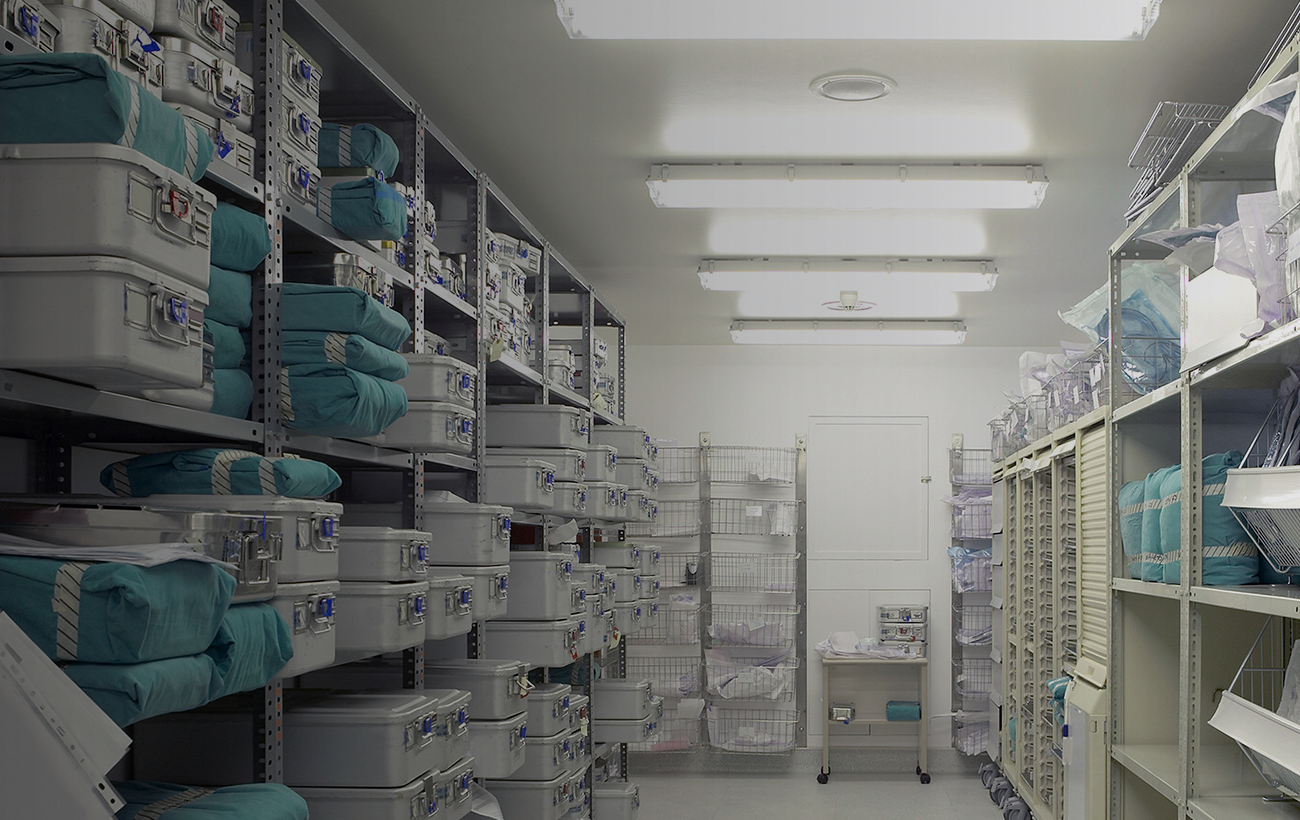Hospital Asset Tracking and Management

Having to manage different types of expensive mobile hospital equipment is both challenging and time-consuming. A substantial amount of asset items can get lost, stolen or misplaced, heavily affecting productivity every day.
Boosting Efficiency, Reducing Costs & Ensuring Patient Care
Hospital operations are complex, demanding, and utterly reliant on readily available equipment. However, a significant operational challenge plagues many healthcare facilities: the constant struggle to locate and manage assets. The problem is widespread. Over 30% of nurses report spending a minimum of one hour per shift searching for hospital equipment, while the average medium hospital manages a staggering 20,000 pieces of equipment/assets. The financial impact is considerable; the NHS is estimated to lose around £13 million annually due to lost, misplaced, or stolen equipment – a figure derived from Freedom of Information replies across 113 NHS Trusts. This isn’t just a financial burden, it also impacts patient care and operational effectiveness.
The Power of Strategic Asset Tracking
Implementing a robust hospital asset tracking system, leveraging technologies like RFID, barcode scanning, and GPS (where appropriate), offers a powerful solution. At its core, this involves strategically tagging all hospital assets – from infusion pumps and wheelchairs to diagnostic imaging devices and surgical instruments. This allows for precise tracking and management, transforming a reactive problem into a proactive one.
Key Advantages of Hospital Asset Tracking:
- Precise Location & Reduced Search Times: Tagging dramatically simplifies locating equipment. Instead of hours wasted searching, staff can quickly identify the location of assets, streamlining workflows and minimising disruptions.
- Optimised Equipment Utilisation: Monitoring assets with location-based tags, coupled with usage data, reveals patterns and trends. This allows hospitals to identify underutilised equipment, reducing the need for unnecessary rental agreements and purchasing decisions. It enables data-driven decisions regarding equipment allocation and investment.
- Preventing Loss & Theft: Real-time tracking significantly reduces the risk of theft or misplacement. The system acts as a deterrent and provides immediate alerts if an asset moves outside designated zones.
- Automated Missing Equipment Alerts: Configurable alerts – triggered based on inactivity or movement outside defined areas – notify staff when equipment has been missing for a predetermined period, allowing for swift investigation and recovery.
- Comprehensive Asset Movement History: A detailed history of asset movement is automatically recorded, providing invaluable insights into equipment usage patterns, departmental needs, and potential areas for optimisation. This allows hospitals to:
- Identify high-demand equipment and proactively schedule maintenance.
- Determine which departments are consistently utilising specific equipment.
- Track equipment movement during transfers between departments or units.
- Improved Maintenance & Service Scheduling: Tagging enables the recording of asset condition, creating a digital record linked to the asset’s location and usage history. This allows for timely servicing and preventative maintenance, extending equipment lifespan, minimising downtime, and ensuring optimal performance. Integration with maintenance management systems is crucial.
- Enhanced Compliance & Audit Trails: A robust tracking system provides an immutable record of asset ownership and movement, facilitating compliance with regulatory requirements and simplifying audit trails.
Moving Forward: Technology and Implementation
Choosing the right technology is key. Hospitals should carefully evaluate RFID, barcode, and Bluetooth Low Energy (BLE) solutions, considering factors such as cost, range, durability, and integration capabilities. Successful implementation requires a phased approach, clear departmental buy-in, and ongoing training.
Conclusion:
Hospital asset tracking & management is no longer a ‘nice-to-have’ – it’s a critical component of efficient, patient-focused healthcare delivery. By embracing these technologies, hospitals can significantly reduce operational costs, improve patient care, and optimise their valuable assets.